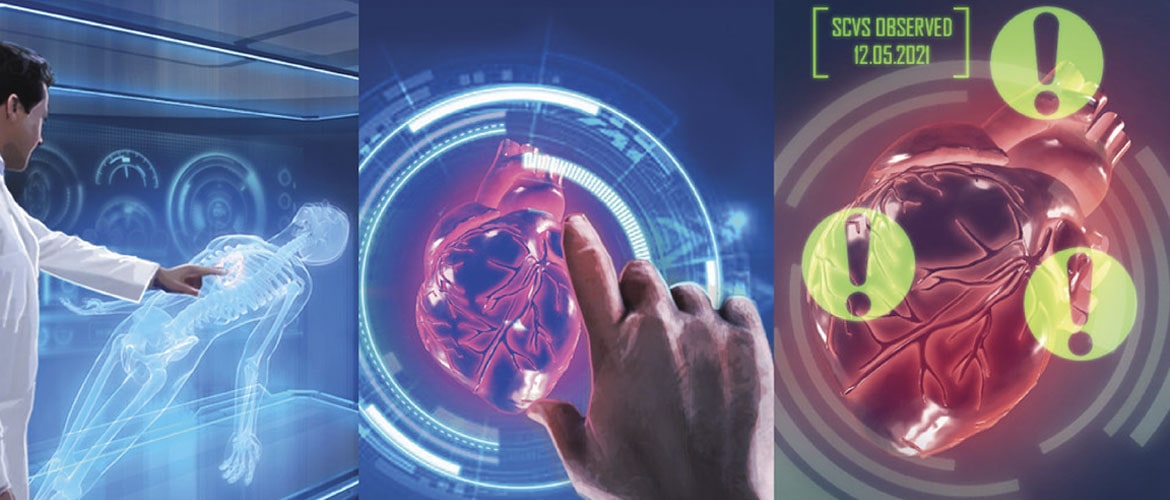The Virtues of Early Warning Systems
July 30, 2020 | Expert Insights

Sharad Tyagi is the Managing Director of Boehringer Ingelheim, and also the President of the Organisation of Pharmaceutical Producers of India. This article is based on his views expressed during the 80th Synergia Virtual Forum on ‘Accelerating Development of Novel and Affordable Therapies’.
The million-dollar question, posed by Mr. Sharad Tyagi, was why we need a disaster to tell us that collaboration is the way forward. It should now be made the norm. Over the years, organisations have been talking about breaking silos so that they work better and faster. There is the need to widen our definition of the universe beyond the organisation to the whole of humanity. Were everyone to share data, it would help in reducing cost and time. As an individual entity, this would take ages to complete. But to shorten the time frame from say 20 years to one year, there is the need to collaborate.
Mr. Sharad Tyagi wished to replicate the collaborative spirit shown in movies, where people and governments are seen teaming up to defeat a common enemy. COVID-19 is the alien right now, and all the nations have to work against it.
What this pandemic has brought to the fore is the importance of technology. Although typically pharmaceutical companies do not directly deal with this, there is a need for what we could call a healthcare equivalent of an early warning system for diagnosis. Seeing the rush of people trying to figure out who is diagnosed with COVID-19 or have antibodies, it shows that healthcare data technology is the place to focus on.
TIMELY DIAGNOSIS
He also concurred with Dr. Chas Bountra’s vision of a trillion-dollar health technology company, which would get into the areas of how early one can diagnose viral diseases, cancers, and the like. It would be phenomenally beneficial to be able to tell a person that they have a healthcare crisis in the making so that interventions could be employed in time. It would be like an onboard diagnostic system in a car — you know beforehand the need for an oil change. It is possible for technology and data to tell us what those markers and indicators are, and it would be especially beneficial in rare diseases and cancers.
The only more or less established early warning system in place is the early warning score (EWS), which is used by medical services to quickly determine the degree of illness of a patient. It is based on the vital signs (respiratory rate, oxygen saturation, temperature, blood pressure, pulse/heart rate, AVPU response), and is primarily used in the U.K. Such a score was developed in the late 1990s after studies showed that in-hospital deterioration and cardiac arrest were more often than not preceded by a period of increasing abnormalities in the vital signs.
According to the WHO, early warning systems function in the realm of epidemics and outbreaks, wherethe timely surveillance systems collect information on epidemic-prone diseases in order to prompt public health interventions. However, as we have seen with COVID-19 itself, there is no systematic way in which this is done due to either the lack of epidemiologists to sift through the data or due to the data not being monitored and interpreted in the right way. While statistics are not the solution to this problem, they are a step to prioritising the review of data on a regular basis.
Additionally, affordability is not only about making medication affordable, but also the whole of healthcare. This is also where early warning systems would be useful, as it would allow for people to prepare themselves and understand the upcoming challenges. Here is where data sharing, artificial intelligence, analytics, collaboration, academia, and countries can all come together. At the end of the day, healthcare has to be beneficial to humanity, not just one country or a city. As ‘health is wealth,’ it would be game-changing if we are able to measure health in terms of people’s wellbeing, instead of by economic terms.








Comments